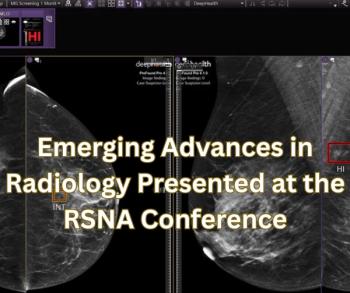
First Markets to Receive FDA-Approved Amyloid Imaging Agent Announced
GE Healthcare’s Vizamyl, for PET imaging of the brain to estimate beta amyloid neuritic plaque density in cognitively impaired adults, introduced in 7 markets.
The first seven markets where Vizamyl (Flutemetamol F18 injection), a U.S. Food and Drug Administration (FDA)-approved radioactive diagnostic agent, will be provided were announced today by GE Healthcare.
Imaging centers near East Rutherford, N.J.; Woburn, Mass.; Beltsville, Md.; East Lansing, Mich.; Dallas, Texas; Phoenix, Ariz.; and Colton, Calif. will be the first markets to receive Vizamyl, expected by the end of the second quarter of 2014. Vizamyl is indicated for PET imaging of the brain to estimate beta amyloid neuritic plaque density in adult patients with cognitive impairment that are being evaluated for causes of cognitive decline, including Alzheimer’s disease.
Vizamyl is an adjunct to other diagnostic evaluations, and the safety and effectiveness of the injection have not been established for predicting the development of dementia or other neurologic conditions or for monitoring response to therapies. Vizamyl, GE stated in a release, is the only PET imaging tracer for detection of amyloid approved by the FDA for visual interpretation of color images.
In conjunction with Vizamyl, GE has launched an electronic reader program, which will train physicians on appropriate methods of interpreting Vizamyl images. The program can be accessed online at
“The ability to detect or exclude the presence of beta amyloid plaques in the brain may help physicians make more accurate assessments of patients with suspected cognitive disorders, including [Alzheimer’s disease],” Ben Newton, director of PET neurology, GE Healthcare Life Sciences, said in a release.
Newsletter
Stay at the forefront of radiology with the Diagnostic Imaging newsletter, delivering the latest news, clinical insights, and imaging advancements for today’s radiologists.




























